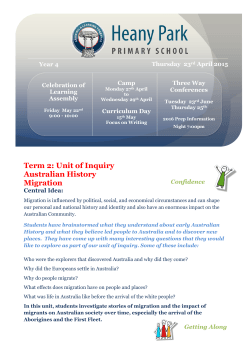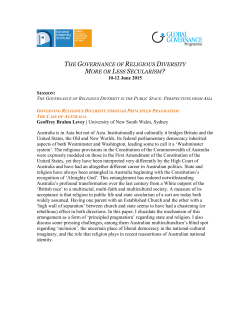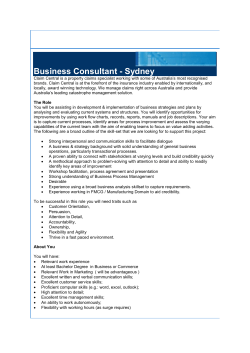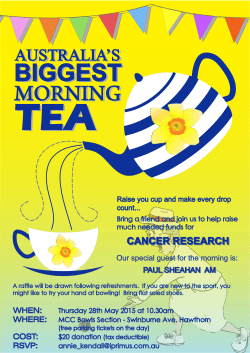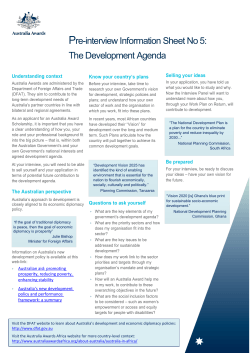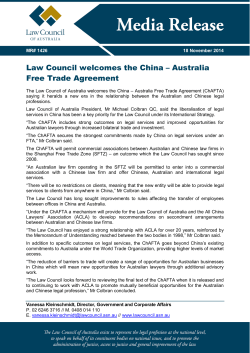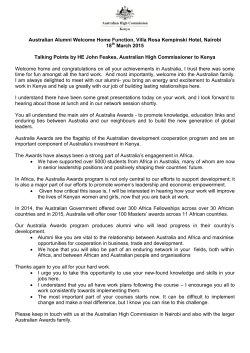
1 stats Population growth march 2015
Scanlon Foundation Social Cohesion Research Program, Monash University Analysis prepared by Prof. Andrew Markus Population and Immigration: Fact Sheet 1 Population growth March 2015 Australia experienced rapid population growth in the years 2007-‐2009. The rate of growth declined after reaching its peak in 2008. The decline was reversed in 2011, stabilised in 2012-‐13 and declined again in 2014. The preliminary estimated population was 23,581,000 at 30 September 2014, an increase of 354,600 people since 30 September 2014. The annual growth rate was estimated at 1.5% during the year ended 30 September 2014. This compares with growth of 2.2% in 2008, 1.8% in 2009, 1.4% in 2010, 1.6% in 2011, 1.8% in 2012, and 1.7% in 2013. Population growth is the product of natural increase and immigration. Between 1975 and 2005 natural increase accounted for 58% of population growth. Since 2006 net overseas migration has been the major component of growth. Over the last decade the contribution of net overseas migration peaked at 67% of total population growth (2008). It was 57% in the twelve months ended 30 September 2014. For the year ended 30 September 2014, net overseas migration was an estimated 203,900 people. This was a decrease of 30,000 (12.8%) from the year ended 30 September 2013 (233,900). For the twelve months ended 30 September 2014, Western Australia’s population grew by 2.1%, Victoria 1.8%, Queensland 1.5%, New South Wales 1.4%, ACT 1.2%, Northern Territory 1.1%, South Australia 0.9%, and Tasmania 0.3%. Australia’s current population growth rate of 1.5% compares with the 2013 World Bank estimated growth of 1.7% in the Philippines, 1.6% in Malaysia, 1.2% in India, 1.2% in Indonesia, 1.2% in Canada, 0.8% in New Zealand, 0.7% in the United States of America, 0.6% in the United Kingdom, 0.5% in France, 0.5% in China, 0.5% in Italy, 0.4% in the Republic of Korea, 0.2% in Germany, -‐0.2 Japan and -‐0.5% in Greece. Annual population growth rate, 1989-‐2014 Source: Australian Bureau of Statistics (ABS), Australian Demographic Statistics, September Quarter 2014, catalogue number 3101.0, 26 March 2015, p. 6. Copyright Commonwealth of Australia, Australian Bureau of Statistics, reproduced by permission. Analysis by Professor Andrew Markus, Scanlon Foundation Social Cohesion Research Program, Faculty of Arts, Monash University
© Copyright 2025
